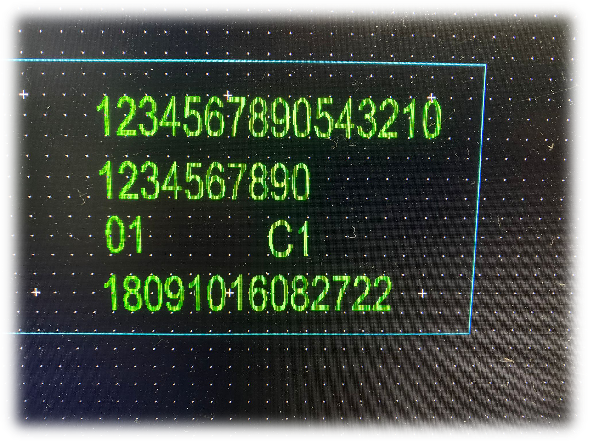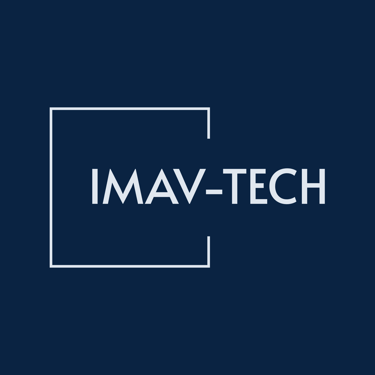Write, Read, Mark: Precise Traceability for Local Manufacturing
Keyence Lasermark, S7-1500, Rfid Systems, traceability
7/2/20251 min read
In the era of modern manufacturing, traceability is no longer a luxury but a necessity. To address this need, we developed a project that enhances the tracking of locally manufactured subcomponents using RFID technology and high-precision laser marking.
Project Objective
The main goal was to create a reliable system where data for each subcomponent is stored, transferred, and permanently marked in a readable manner, ensuring complete traceability from production to the final product.
How it works
Writing data to an RFID tag
Each subcomponent is equipped with an RFID tag. During the production process, relevant data such as:
unique part code
manufacturing date
batch number
is written directly to the RFID tag using a dedicated device.
Reading data at the marking station
At an automated station, data from the RFID tag is read and transmitted to a control system.
Keyence laser marking
A laser marking system (Keyence model) takes this data and inscribes it on the part (plastic or metal) in a predetermined area. The marking is durable, readable, and tamper-proof, providing a secure record for audits or future analysis.
Results and Benefits
Complete traceability for each locally manufactured part.
Reduced human errors through automated data reading and writing.
Improved quality control and the ability to quickly identify potential issues in the production chain.
Increased flexibility – the system can be adapted for other types of components or production stages.
Conclusion
Integrating RFID and laser marking technologies resulted in a robust solution tailored to the requirements of a modern factory. The project clearly demonstrates how process digitalization can enhance efficiency and transparency in manufacturing.


